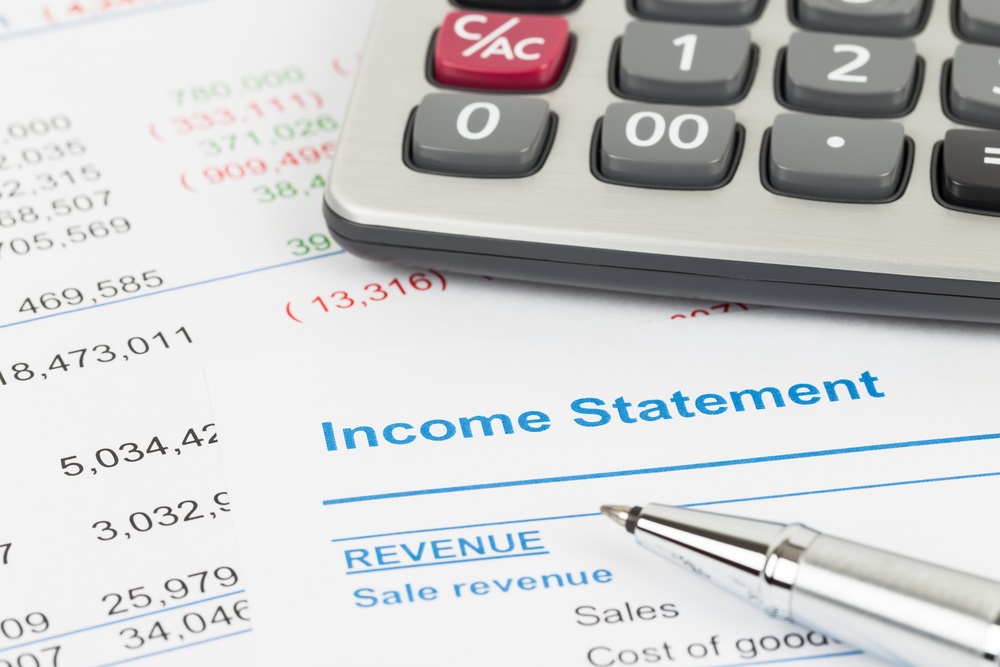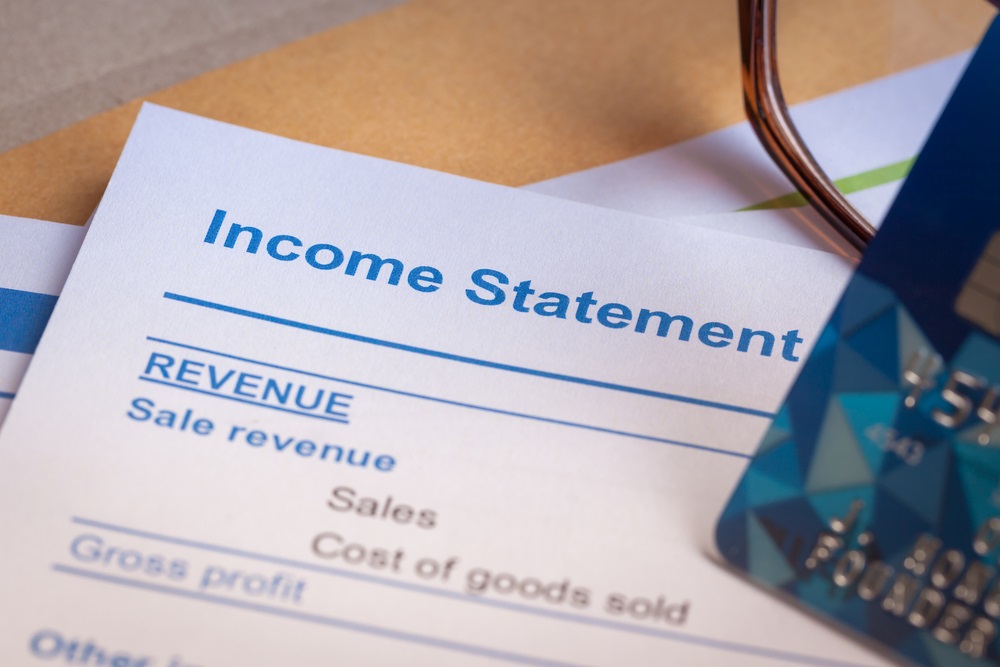How to Prepare an Income Statement? Complete Guide
For the sake of their enterprises, many people throughout the world needs to understand the complicated math involved behind making income statements. Actually, not just by understanding, but by creating too. The key to comprehending this article by Tax and Accounting is knowing “how to prepare an income statement or what an income statement is?”
It’s just as challenging to comprehend an income statement conceptually as it is to read one and comprehend it. Every financial statement conveys unique information and is required in different situations to understand the financial stability and health of a company. The income statement provides information on a company’s revenues and outlays for a specific time frame. This may also be used to define a company’s sustainability.
According to Tax & Accounting, in order to create an income statement, small businesses must examine and record their revenues, operational costs, and the resulting gross profit or losses for a specific reporting period of time. The income statement, also known as a profit and loss statement, is one of three financial statements that include the balance sheet and cash flow statement.
What Is An Income Statement?
An income statement offers a detailed assessment of the company earnings and expenses throughout the year of work. It is also known as a profit and loss statement. Income statements may be used to determine the financial sustainability of a firm or a business. This particular statement represents the profit and loss of the company and overall expense of all departments which can also leads to decide for the better plan of future. It basically shows how revenues are converted into net profit.
Key Points to Understand:
- One of the most important financial statements a firm employs is its profit and loss statement.
- You have the option of reporting annually, quarterly, or monthly.
- Financial statements must be produced regularly and annually.
- All of the money paid for your services during the time period is included in your revenue.
- Include all business operational costs to obtain a precise financial picture.
- Profit and loss statements give a glimpse into the future for the upcoming fiscal year.
Importance of Income Statement:
- Income statements assist business owners to determine profit by raising sales, cutting-down expenditures or doing both as depending on business situation.
- Additionally, one may demonstrate the results of the plans of a company
- It enables the company to make important changes to maximize profit.
- It helps in making good plan for coming year by noticing the important features that needs to ne included for company’s growth.
- It helps management to make wise decisions about expenses.
- A thorough income statement can encourage growth, boost sales, boost production capacity, streamline the sale of assets, or result in the closure of a particular division, project, or product line.
- Companies can be able to learn and analyze competitors and understand their success as how they use their time and resources.
An Income Statement Typically Includes:
- Revenue is the amount of money earned by a firm.
- Costs are costs that a corporation incurs throughout a reporting period.
- Expenses – How much money does a company spend each year?
- COGS (expenses of goods sold) is the total of all costs associated with the different components of any item or service that a company makes and sells.
- Gross profit equals revenue less costs of goods sold.
- Operating income is equal to gross profit minus operating expenses.
- Less non-operating expenditures than operational income – Profit before taxes
- Nett income EPS, or earnings per share, is calculated by dividing nett income by the number of outstanding shares.
- Assets lose value over time
- Look for EBITDA, which stands for profits before interest, taxes, depreciation, and amortisation.
Recipe to Cook an Income Statement:
Income statement format includes the below mentioned steps to understand about its creation.
Selecting Reporting Period:
Selecting the reporting period for your report is the first step in creating an income statement. P&L reports are often submitted annually, quarterly, or monthly. The precise time period that the income statement pertains to is your reporting period. It’s important to make the right choice. According to your objectives, which reporting period is best for you? You can spot trends in your gross profit and spending by creating monthly income statements. You may use that information to guide your business decisions and increase the productivity and profitability of your enterprise.
Calculating Revenue:
Figure out how much money your firm made overall throughout the reporting period once you are aware of it. Your income includes all of the money, even if you haven’t yet received paid in full for the services you provided during the reporting period. After totaling up all of the revenue line items from your trial balance report, the total should be recorded in the revenue line item of your P&L.
If you make an income statement for your whole firm, you should include the revenue from every business division.
When generating an income sta for that region, you should only include revenue from products and services that fall under that specific business line or segment.
Cost of Goods Sold (COGS) Calculation:
Identify the service that generated the majority of the revenue for your business during the reporting period. This covers all outlays that are directly linked to producing your item or service, such as direct labor expenses, material costs, parts and component costs, distribution costs, and any other outlays. This includes both direct and indirect costs involved in producing and dispensing goods and services. After adding up all the cost of goods sold line items on your trial balance report, the total cost of goods sold should be shown on the statement right beneath the revenue line item.
Calculating Gross Profit/Margin:
For calculating gross margin, simply deduct the cost of products sold from revenue to arrive at this figure.
Calculating Operating Expenses (OPEX):
Take the total of all the operational costs shown on your trial balance report. Make sure you double-check each expense line to make sure you have the right numbers.
Indirect costs of doing business include operating expenses. They vary from cost of goods sold. They aren’t a direct result of services. The OPEX category includes costs like rent, utilities, overhead, office supplies, and legal fees as examples.
Generating Trial Balance Report:
The final balance of each account in the general ledger for a particular reporting period is stated in trial balance reports, which are internal records.
A corporation acquires information for its account balances through the creation of balance sheets, which is an essential step in producing a profit and loss statement. You will be provided with all the end balance data required to produce an income statement.
Calculating Income:
Subtract operating costs from gross profit to get total income. This figure effectively represents the pre-tax profit your company made during the reporting period. Earnings before interest and taxes (EBIT) is another name for this.
Calculating Interest & Taxes:
Any fees that your business is required to pay on the debt it owes are referred to as interest. Determine your entire tax obligation for the reporting period next. This includes any payroll taxes in addition to any municipal, state, and federal taxes.
Calculating Net Income:
Your business’s net income is calculated by deducting income taxes from the total pre-tax revenue. The amount remaining indicates the capital that your firm has available for a variety of purposes, like creating a reserve, paying dividends to shareholders, investing R&D, or growing your enterprise.
Finalizing Income Statement:
Complete your income statement by adding a header to the document marking it as an income statement. Include details about your business and the profit and loss reporting period. Using all of the data you have acquired, you have now created an accurate statement.
You will get future knowledge from this statement about the company’s financial situation, which will be highly beneficial to you and your business plan. Visit service Australia in Australia for information on how to get income statement from mygov , for example.
Spending all of your effort on income statements is not recommended. Tax & Accounting provides an extensive range of accounting services, including income statement templates preparation that may help you prepare financial statements while saving you time and money. You can access to multiple example of income statement or online income formats to understand your company needs with our expertise and free consultancy.


